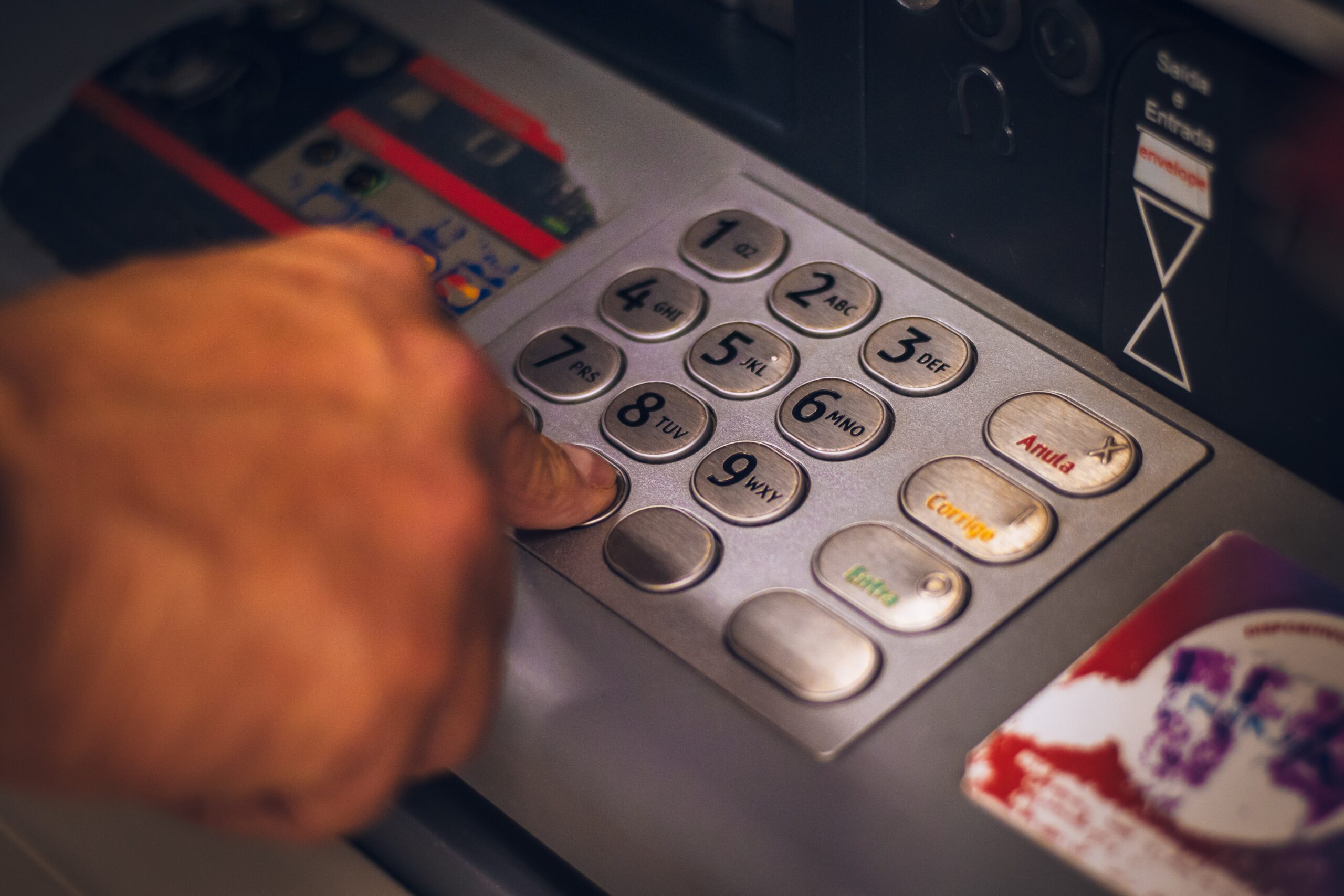
The popularity of staking has ballooned in recent years as crypto investors seek opportunities to make their digital wealth work for them and earn a yield. Yes, we know the term ‘staking’ may sound like something a vampire hunter would do, but we’re here to explain it to you in plain English. The staking world can be confusing, but if you take a little time to understand it, it can be a valuable tool in your investment strategy handbook.
Staking is another way to generate yield; unlike token rewards, which simply pay you for locking coins into a wallet or protocol, staking has a specific purpose of securing the blockchain the coin is built on. These fees pay for the servers and people managing and securing the blockchain.
At first glance, staking looks similar to a fixed-term deposit account, but for cryptocurrency. First, an investor joins a staking pool (a group of coin-holders who pool their coins together), then their coins are usually locked for a set amount of time, and in return, the crypto investor earns rewards, much like earning interest. However, unlike a fiat currency, there are some fees and risks.
Staking is a necessary element of “proof-of-stake” cryptocurrencies; without it, the currency will fall apart. Staking is fundamental to how ‘Proof of Stake’ blockchains works. A Proof-of-Stake blockchain allows coin holders to stake their coins to become a ‘validator’ for a new block on a blockchain. In exchange for this service, you as the coin-holder are rewarded by getting a cut of the transaction fee from the new block.
But unless the investor is in a position to stake their coins on their own (expensive technical setup and know-how), they require help. Therefore one of the most common ways to stake cryptocurrency is through a pool. Unfortunately, running a pool costs money; hence, stakes are charged fees.
Pools have server costs, just like mining. While staking does not use the same amount of energy as mining does, it is still not energy-free—some of the fees investors pay in a pool cover the servers’ energy consumption.
Next, pools require people to take on the tedious task of running them. Managing a pool takes time and money, unlike passively staking crypto and earning rewards. The people doing the work for the pool don’t simply do it out of the kindness of their hearts or as a volunteer service. These people have put in tons of time to gain the expertise required to do the job, and just like any job, they want to be compensated, which is accomplished through fees.
Staking pools are not regulated in the cryptocurrency market, so staking fees can vary widely, as do their rewards. However, the fees usually come in two forms:
Fixed fees are set fees that will not change no matter what happens while the currency is staked. So regardless if things work out in the pool’s favor (positive crypto rewards), the investor will still pay that fee.
The margin fees are a percentage of crypto rewards. These are percentage-based and taken when rewards are granted. Percentage fees are often set between 0-5%.
However, margin fees can change after an investor has joined a pool. If you notice that a particular pool is offering 0% margin fees, know that they are usually a temporary lure to attract members and will change once they have enough members. Consequently, a 0% fee is a red flag and should be considered suspicious.
Nor does a lower percentage margin fee always equal a better deal. For example, investors might discover they pay more in a lower margin fee pool depending on the fixed fee.
Staking rewards are taxed in Australia, so this will be another cost to consider in addition to a pool’s fees. The rewards are treated like interest earned at a bank and fall under the Australian Tax Office’s (ATO) definition of income. Therefore, the tax percentage will depend on which income bracket you are in.
Also, remember that the taxes on staking crypto differ from selling or trading cryptocurrency, which falls under capital gains. On top of that, if you decide to stake your coins and are required to move those coins from a wallet you own to a different wallet such as an exchange, you could be required to pay capital gains on the moved crypto, so it’s worth it to do some research into your specific situation and see if the benefits outweigh the costs.
However, there are ways to stake from a wallet you own without moving your coins. These strategies sometimes come with lower rewards and are slightly more complicated to set up, but they are generally safer and may reduce your tax bill. It depends on the deal.
Staking pool fees can be added to a crypto investor’s cost base when filing Australian taxes. This cost base is used to calculate a capital gain or loss. A tax professional would be in the best position to guide investors on how to take full advantage of their costs to minimize the tax owed.
Staking crypto involves the investor giving up control of the movement of their coins. This is typically done in two ways:
A fixed-term requires anyone joining the pool to leave it “locked” for a specific time, from a few weeks to many months. Usually, the longer the terms, the higher the potential rewards or yield. However, the rewards are never guaranteed, and the value of the coin you are staking may fall relative to other coins and fiat money.
A fixed notice is typically found in pools that claim an investor can “move their currency at any time.” However, there is a catch in the form of a notice period ranging from 7 days to months. It depends on how the pool operates.
These fixed terms or notice periods can come at a cost to the investor. The market is volatile, and those locked into a staking pool are helpless to do anything during a crash, such as what happened to the coin LUNA in May 2022.
Technically, Australia does allow crypto investors to claim a loss if their investment has been lost, such as through hacking. If an investor has staked their crypto in a pool and the pool was hacked, this could be listed as a loss.
However, the ATO will require a great deal of evidence to back up a loss claim. The investor’s record-keeping and the ability to prove the pool was hacked will determine the claim’s success.
But in the case of a fall in the price of the coin, such as in the LUNA crash mentioned above, those who watched their staked currency plunge in value can’t claim it as a loss until it has been “realized.” Generally, a loss isn’t a “real” loss unless the investment has been sold, be it stocks, property, or cryptocurrency. So, to add insult to injury, as they say, if you can’t sell your currency, it is difficult to make the loss real in the eyes of the ATO.
Your best bet would be to consult a tax professional to ensure this is done correctly to get a positive outcome with the ATO.
Staking cryptocurrency comes with some costs in the form of fixed and margin fees. It is essential to consider them carefully, as lower margin fees do not always result in the best deals. Other costs to consider are the taxes owed on cryptocurrency rewards. Also, remember to keep meticulous records should you need to claim a loss on taxes due to events such as hacking.

Are you feeling restless and impatient with the bull market right now? You’re not alone! Sideways movement can be frustrating,…

Wow, there’s been a lot happening recently, hasn’t there? (I feel like I say this a lot!) In the last…

Today I wanted to explore the idea of the ‘old world vs the new world’ with regards to crypto and blockchain technology.…
Register for the FREE 90 minute
Crypto Training